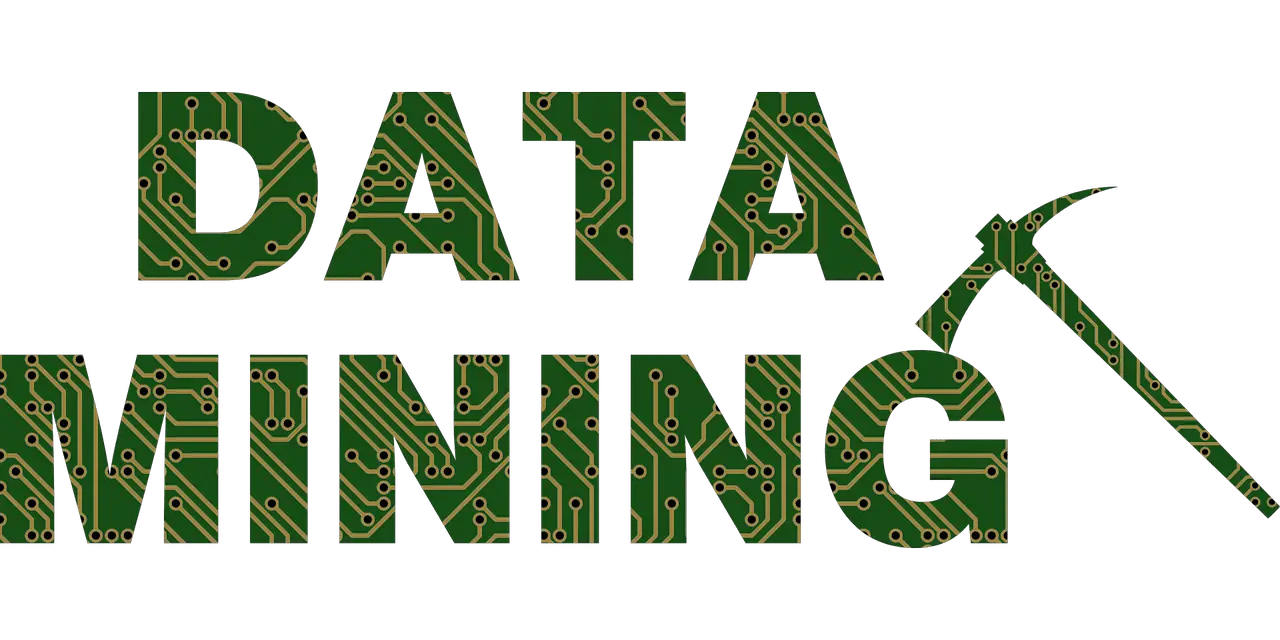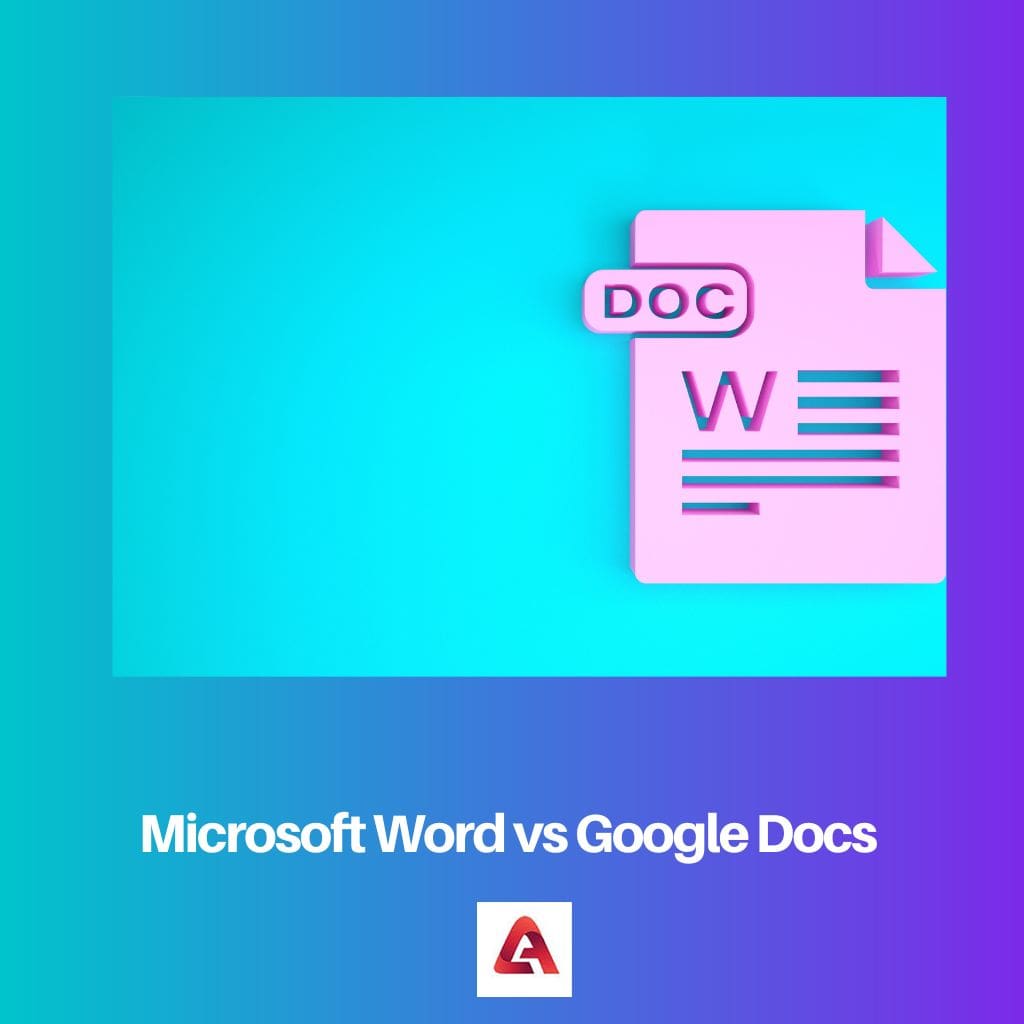Text is a basic requirement in our life. All the information, details, and interpretations are done by texting and decoding the text. The text we use in our daily digital life is standard, and there is some text which is only used by higher authorities that are encrypted.
These texts are mined carefully, and there are data too for higher authorities, such as artificial intelligence.
Key Takeaways
- Text mining analyzes unstructured textual data, while data mining deals with structured data.
- Data mining uses mathematical and statistical techniques, whereas text mining employs natural language processing and machine learning.
- Text mining primarily extracts knowledge from text sources, while data mining can be applied to various types of data, including numeric and categorical.
Text Mining vs Data Mining
The difference between text mining and data mining is that text mining is a subset of collecting information from various text sources using artificial intelligence. For the practical analysis of the text, various deeper learning is applied. Data mining is finding patterns and obtaining meaningful data from large data sets. It is used to transform unusable data into actionable data. Data mining may be incredibly beneficial in terms of enhancing marketing strategy.

Text mining, also known as text data mining, is extracting elevated textual information. It is comparable to text analytics.
It entails “the automatic extraction of information from various language usage by a computer to find new, completely undiscovered information.”
Sites, publications, emails, reviews, and articles are examples of language usage.
Data mining is predicting outcomes by looking for anomalies, patterns, and connections in massive data sets.
You may use this information to improve sales, lower costs, strengthen customer connections, reduce risks, and more using a variety of approaches.
Although technology constantly evolves to handle massive amounts of data, executives still confront sustainability and automation issues.
Comparison Table
| Parameters of Comparison | Text Mining | Data Mining |
|---|---|---|
| Definition | Text mining is used to understand information with deep knowledge and other important meanings. | The text mining is processed directly, and the information is mined now without any external connections. |
| Uses | Data mining is not stored in a structural form but in an unstructured form. | Data mining is used for mining out the information’s which is in patterns and algorithms to understand the concept. |
| Processing | Text mining is mainly used in hospitals, and in medical shops. It is also used in the marketing sector. | The data mining is not processed directly as it is done linguistically. It has connections and algorithms to figure out. |
| Storage | Text mining is always stored in a structured form, which is easy to perform and work with. | Text mining is mainly used in hospitals, in medical shops. It is also used in the marketing sector. |
| Platform | Data mining is primarily used in the sector which is connected to bioscience and also in artificial intelligence. | Data mining is mostly used in the sector which is connected to bioscience and also in artificial intelligence. |
What is Text Mining?
Text mining (also known as computational linguistics) is an artificially intelligent (AI) technique that employs NLP to convert free (unstructured) content in documents into standardized data structures appropriate for analysis or as input to deep-learning algorithms.
Text mining is a type of artificial intelligence that extracts information from various text publications. Much deep learning has been applied to the practical assessment of the text.
The data in text mining is kept in an unstructured manner. The assessment of text from documents primarily employs syntactic principles.
Data mining is evaluating a massive collection of records to find new information or even to help answer research objectives and questions. It is widely employed in knowledge-driven companies. T
ext mining uncovers facts, connections, and statements that otherwise would have been lost in a sea of extensive textual data.
After being extracted, the data is turned properly and will be further examined or displayed in various ways, including cluster HTML tables, visualizations, charts, and other visual aids. T
o analyze the text, text mining uses a range of approaches; among the most essential is Computational Linguistics (NLP).
Text mining produces data that may be used in databases, information repositories, and business analytics displays to describe normative and analytic applications.
What is Data Mining?
The practice of detecting patterns and retrieving relevant data from massive data sets is known as data mining. It is used to transform unusable data into usable data.
Data mining may be precious for boosting a company’s advertising strategies because it allows us to research data from many databases using structured data and generate more new ideas to increase efficiency.
Data mining includes text analysis as well. Computer scientists use advanced information science approaches to examine text.
The act of pattern recognition and other vital information from massive data sets is called data, sometimes referred to as data mining, is also known (as KDD).
Given the advancement of big data technologies and the rise of big data, data mining methods have exploded in recent decades, supporting businesses in turning raw data into valuable knowledge.
Although technology constantly evolves to handle massive amounts of data, executives still confront sustainability and efficiency issues.
Through intelligent data analytics, big data helps improve corporate decision-making.
From detecting fraud to user habits, inefficiencies, and even security problems, these strategies organize and filter data, revealing the most valuable information.
Digging deeper into data mining was never more accessible, and collecting meaningful insights never was faster when combined with data analytics and visualization tools like Apache Spark. A. I advancements are accelerating acceptance across sectors.

Main Differences Between Text Mining and Data Mining
- Text mining is a very part of data mining, and it means extracting information from extensive documents. Data mining includes understanding the pattern, algorithms, and all the other pieces of information of datasets.
- The main difference that you can find between both terms is that text mining is stored structurally. The structure manner is only for data mining. The unstructured manner makes the text easier to access it, and the structured manner helps the data to stay secure.
- Data mining has a homogenous form that helps it extract details by understanding them closely. Text mining has a heterogeneous form of pattern.
- In data mining, The data is collected before the databases and spreadsheets. In-text mining All text is being utilized to collect high-quality information. Data is easily understandable in a spreadsheet, and it can be easy for the user to connect from the earlier texts. High-quality text is very important and rare.
- Data mining is performed by statistical methods which helps it to look after the numbers and methods easily. Text mining is performed in a linguistic way which makes it special and the quality of the information is also high and important.





